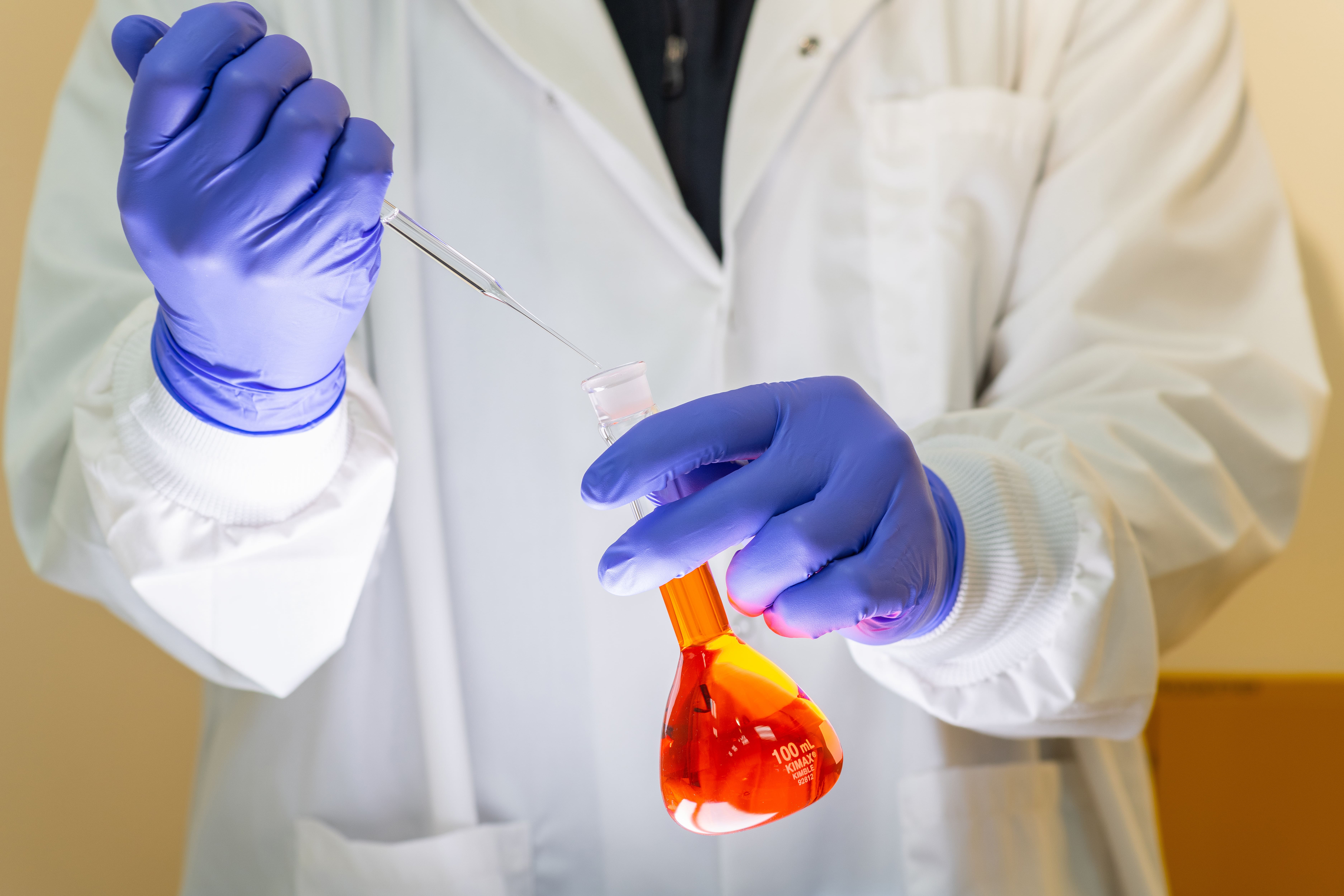More than 130 years ago, two Scottish researchers reported on an interesting phenomenon - that supercritical fluids could dissolve select compounds and that their dissolving power was pressure-dependent. This meant that the higher the pressure, the higher the dissolving power of these solvents. Subsequent work by the authors substantiated that a supercritical fluid can dissolve many compounds and that these principles apply to many gases and to organic compounds as well.
Slowly but surely, many research groups in the early 1900s studied the properties of supercritical fluids, investigating primarily thermodynamic phase behavior. Researchers kept expanding the list of supercritical gases and solutes. Finally, by the 1950s, the first description of a supercritical fluid extraction (SFE) process appeared in a US scientific journal. Meanwhile in Europe, especially in Germany, many engineers were spearheading the industrial development of SFE.
By the 1970s these processes were being applied to coffee production and beer brewing across Europe. Where chlorinated solvents had been used in coffee decaffeination, SFE decaffeination had the advantage of leaving behind no solvent residues and producing a superior flavor profile. In beer brewing, the hops flavor can come directly from boiled hops, or it can be derived more efficiently as an extract from hops using supercritical CO2 extraction.
These SFE decaffeination and SFE hops extraction processes are happening at industrial-scale production levels around the world. One plant in Bremen, Germany, decaffeinates coffee at 60,000 metric tons per year using supercritical CO2. A similarly large decaffeination plant exists in Houston, Texas. There are many hops extraction plans operating in Washington State, Europe, Asia, and Australia. Most of the world's decaf coffee is now decaffeinated with CO2, and most of the world's beer is flavored with CO2-extracted hops.
These clear successes in the application of SFE have motivated the further application of supercritical CO2 to a wide range of botanical and biological substrates, especially to nutraceuticals and essential oils. A cursory examination of the products at nutritional stores and a glance at the contents listed on the labels shows you the many products that contain or consist of supercritical CO2 extracts.
More than 100 million people in the US alone are using nutraceutical products. Consumers' strong belief in the efficacy of these products originates from a potent combination of modern-day science and ancient natural healing practice. Seeing the clear commercial opportunity, food marketers' have even created the "functional foods" category of enhanced beverages, snacks, and meals, to push nutraceuticals even further into the daily lives of consumers. Some Wall Street analysts have gone so far as to call the nutraceuticals industry "recession-proof" owing to its global reach in a world of consumers who are getting older and more concerned with their health.
What does this mean for supercritical fluids specialists? Through SFE we can gain phytosterols, carotenoids, xanthophylls, specialty lipids, and antioxidants, all from botanical, biological, and marine sources. A gas like CO2 can extract, concentrate, or purify these substances while at the same time producing an extract product with no solvent residues and no impact on the environment. With Americans spending $86 billion a year on nutraceuticals, these products are on track to become as common in our daily lives as coffee, tea, and beer. Supercritical fluid science is essential to the growth of this industry.
Photo credit: Bradley J
.png?width=218&name=phasex-logo-home%20(1).png)


